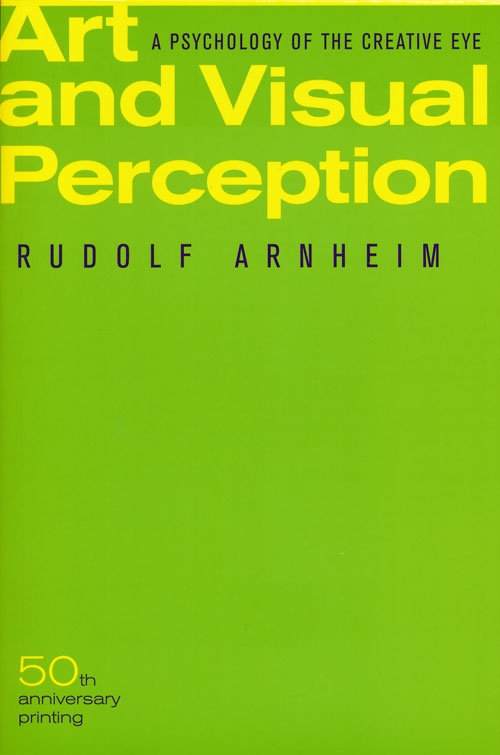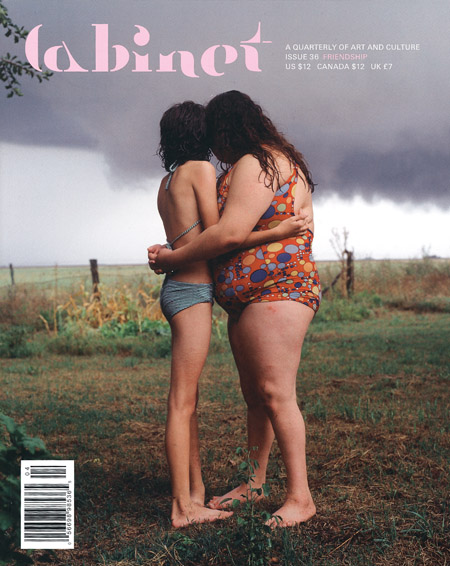Sigmund Freud: Writings on Art and Literature (1997)
Filed under book | Tags: · aesthetics, art, art criticism, literary criticism, literature, psychology

For Freud, interpreting a work of art was less the task of assigning meanings to it than accounting for why the reader or reviewer is so powerfully affected by it.
These fourteen essays cover the entire range of his work on these subjects, in chronological order beginning with his first published analysis of a work of literature, the 1907 “Delusion and Dreams in Jensen’s Gradiva” and concluding with the 1940 posthumous publication of “Medusa’s Head.” Many of the essays included in this collection have been crucial in contemporary literary and art criticism and theory.
Among the subjects Freud engages are Shakespeare’s Hamlet, The Merchant of Venice, King Lear, and Macbeth, Goethe’s Dichtung und Wahrheit, Michelangelo’s Moses, E. T. A. Hoffman’s “The Sand Man,” Dostoevsky’s The Brothers Karamazov, fairy tales, the effect of and the meaning of beauty, mythology, and the games of aestheticization. All texts are drawn from The Standard Edition of the Complete Psychological Works of Sigmund Freud, edited by James Strachey. The volume includes the notes prepared for that edition by the editor.
With a Foreword by Neil Hertz
Publisher Stanford University Press, 1997
Meridian: Crossing Aesthetics series
ISBN 0804729735, 9780804729734
290 pages
via tenderage
Review (Richard D. Chessick, The American Journal of Psychiatry, 1998)
PDF (updated on 2014-6-15 to an OCR’d version via Marcell Mars, 8 MB)
Comment (0)Rudolf Arnheim: Art and Visual Perception (1954–) [EN, RU, PL, RO, ES, BR-PT]
Filed under book | Tags: · architecture, art theory, colour, kinesthesia, light, movement, music, painting, perception, perspective, physiology, psychology, sculpture

“Since its publication in 1954, this work has established itself as a classic. It casts the visual process in psychological terms and describes the creative way one’s eye organizes visual material according to specific psychological premises. In 1974 this book was revised and expanded, and since then it has continued to burnish Rudolf Arnheim’s reputation as a groundbreaking theoretician in the fields of art and psychology.”
Publisher University of California Press, 1954
Expanded and revised edition, 1974
ISBN 0520243838
508 pages
Interview with the author (Uta Grundmann, Cabinet, 2001)
Publisher (EN)
Art and Visual Perception (English, 1954/1974, 26 MB)
Iskusstvo i vizualnoe vospriyatie (Russian, trans. V.N. Samokhin, 1974/2000, DJVU, no OCR)
Sztuka i percepcja wzrokowa (Polish, trans. Jolanta Mach, 1978, 24 MB, no OCR, via nuitienne)
Arta si perceptia vizuala (Romanian, trans. Florin Ionescu, 1979, 35 MB, no OCR, via)
Arte y percepción visual (Spanish, trans. María Luisa Balseiro, 1979/1997, 43 MB)
Arte e percepção visual (Brazilian Portuguese, trans. Ivonne Terezinha de Faria, 1980/2005)
Cabinet, 36: Friendship (2010)
Filed under magazine | Tags: · art, culture, friendship, philosophy, psychology, self

“The nature of friendship has been a subject of inquiry from the beginnings of the western philosophical tradition. Socrates considers the question of philia in one of Plato’s earliest dialogues, declaring that his “passion for friends” causes him to value them above even gold. Subsequent thinkers have continued the inquiry, yet friendship remains a phenomenon that “may well be reckoned,” as Emerson wrote, “the masterpiece of nature.”
Issue 36 of Cabinet, with its special section on friendship, features Svetlana Boym on Hannah Arendt’s definition of friendship as freedom from “totalitarianism for two”; Ruben Gallo on Freud’s school friend with whom he communicated mainly in Spanish; and Regine Basha on Sol Lewitt’s exchange of gifts with other artists. Elsewhere in the issue: Paul La Farge on the color black; Kevin McCann on the life and work of schizophrenic author Louis Wolfson, the object of fascination for a generation of French intellectuals; Helen Polson on the fate of lost teeth; Bertell Ollman on his infamous board game Class Struggle; and an artist project by Zoe Bellof.”
Edited by Sina Najafi
Publisher Immaterial Incorporated, New York, Winter 2009/10
HTML
Other issues (articles from sold-out issues are available online)

